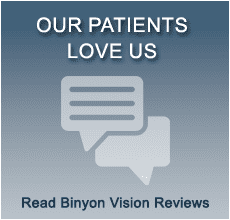Online eyeglasses retailers have recently promoted “AI” technology to help shoppers find their next pair of glasses. Can a computer program really custom pick great glasses or is this another marketing ploy? Someone should try it to find out…
Putting an AI optician to the test
I clicked on a Facebook Ad promising a “pair-fect” glasses match using AI technology. First, I answered 14 questions about my look and style preferences. Like most online shopping pages, they want your email address, so I could only see the results after agreeing to at least a weekly spam email from this company. Thankfully, I have an old email address just for this purpose.
Surprisingly, there wasn’t a “pair-fect” match instead, there were 10 results for me to look at and decide between. When I clicked on a frame I could virtually try it on. This was the experience of using an “AI optician” to select my next pair of glasses. Here are my thoughts compared to working with a real life optician at Binyon Vision Center.
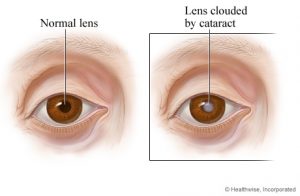
Virtual optician vs IRL (in real life) optician
“What does your face look like?” vs “Let me look at your face”
Like all websites that use “AI” to find an answer to a question, the company asks many questions, collecting the shopper’s inputs to compare to their databases and then point to an answer based on past trends. In this instance, six of the fourteen questions asked required me to describe my own face. The first was to select if my face was long, short, or medium. Not only are 3 choices far too limited to describe a person’s face shape, but it can be difficult to evaluate. An optician won’t have to ask these questions, because they’re trained to see- in three dimensions- face shape and how features are spaced on someone’s face (nose and ears are very important).
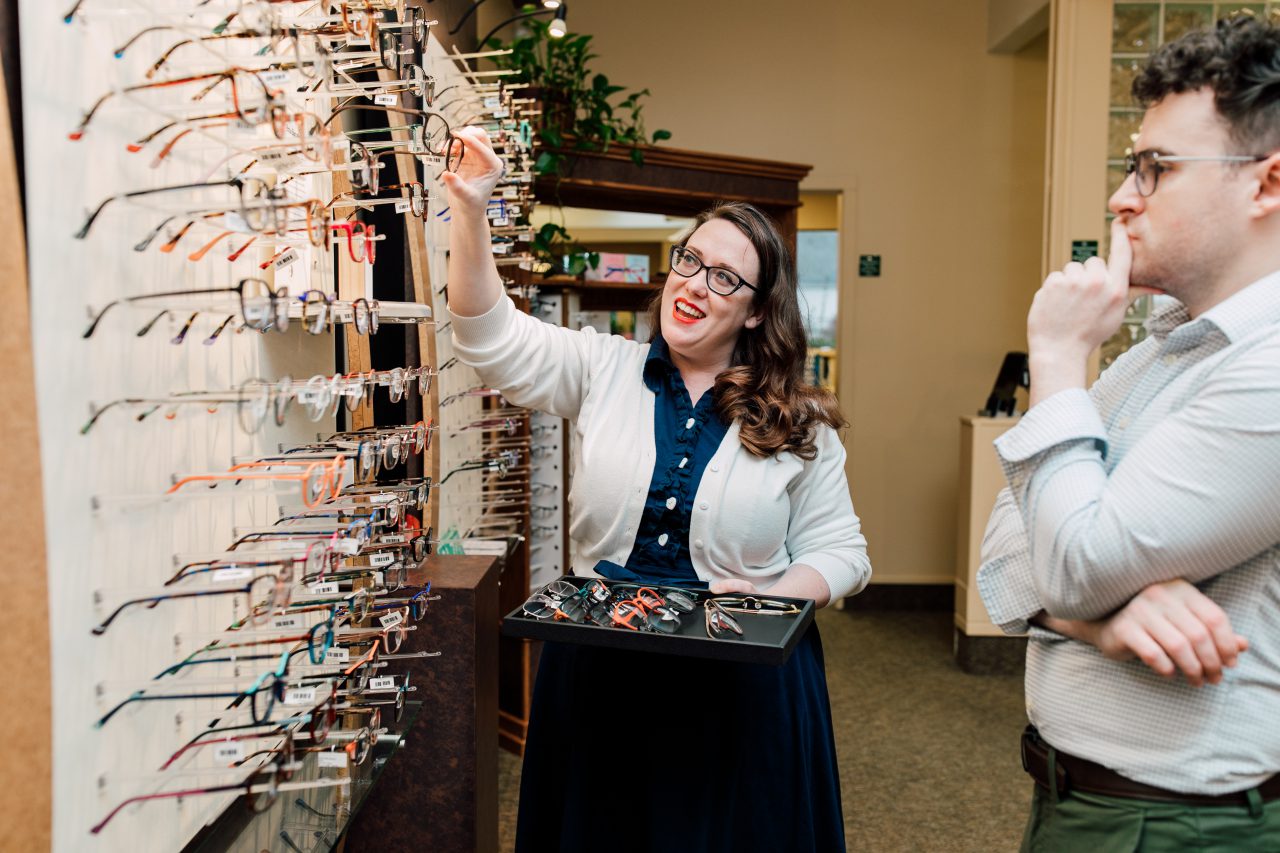
Fixed questions vs. fluid conversation
The next section of questions had to do with the glasses appearance. I could select color preferences (colorful or neutral) and style (sporty, classic, etc) with limited detail on what these styles actually meant or looked like. Another question involved glasses shape, and while they did allow for selecting more than one option, there was no room for trying new things. When you’re talking glasses style with an optician, the line of questions can be much more fluid, following your needs, wants and answering your questions along the way. There is also an opportunity to try something new and different – who knew a cat-eye would look so good!
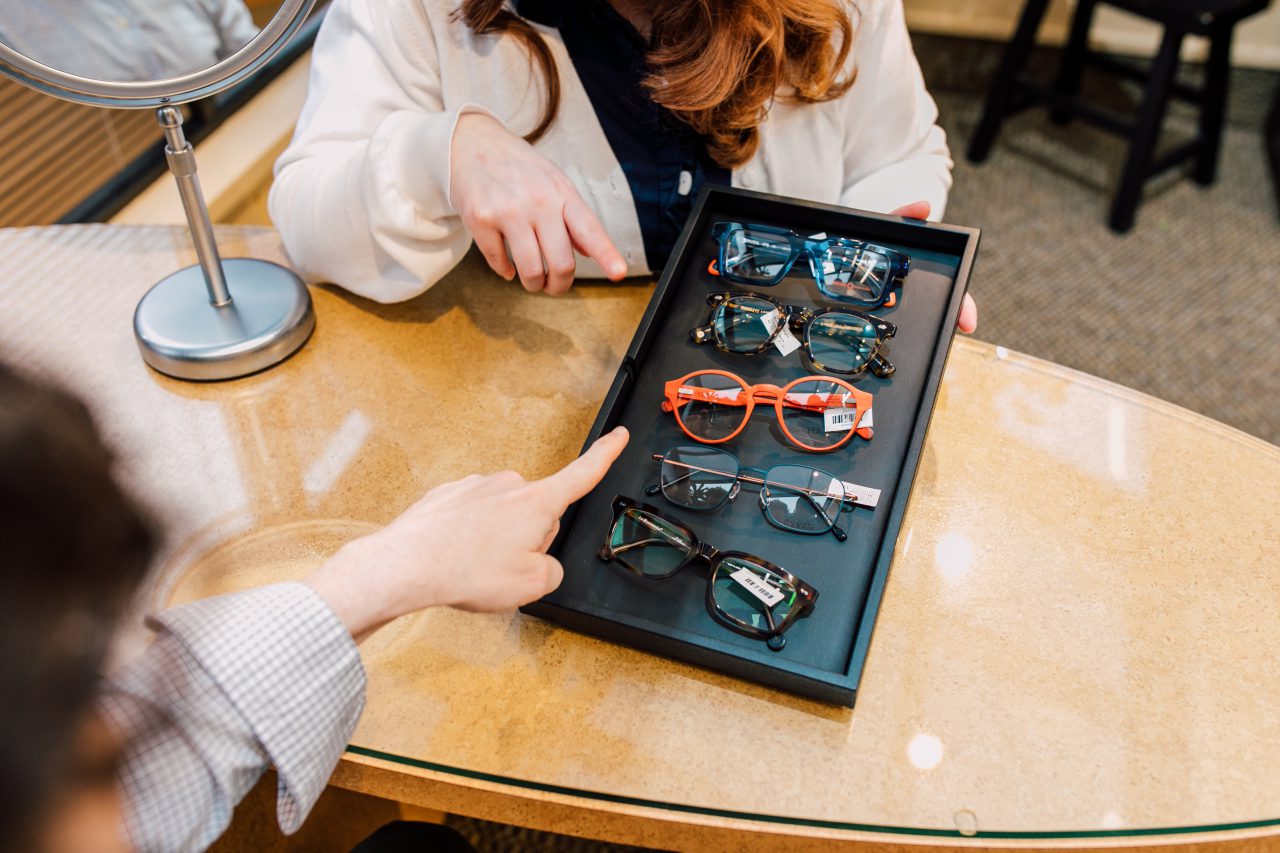
Ten results vs. the perfect pair
One of the most disappointing parts of this process for the shopper was not receiving the promised pair-fect pair, but instead a list of ten glasses, requiring more work. The AI optician did not find a pair of glasses, it found ten that you’d need to choose from- really adding limited value from perusing the website yourself. I could virtually try on each pair of glasses to see an image of them superimposed on my face. Unfortunately, I had to take my glasses off for it to work, so I couldn’t see that well and I’m not sure how they looked.
At Binyon, the trained optician sticks with you until you find the one and only perfect pair (or sometimes two!). You can try on the glasses, feel their weight, feel where they hit behind my ears, see if they slide down your nose or if they fit just right across your bridge. During the virtual fitting, I couldn’t look at the hinges of the glasses to see if they seemed sturdy, the quality of the plastic or metal, and make sure they hug my nose just right and wouldn’t leave big red marks in a few days- all things I could discuss with a real-life optician at Binyon.
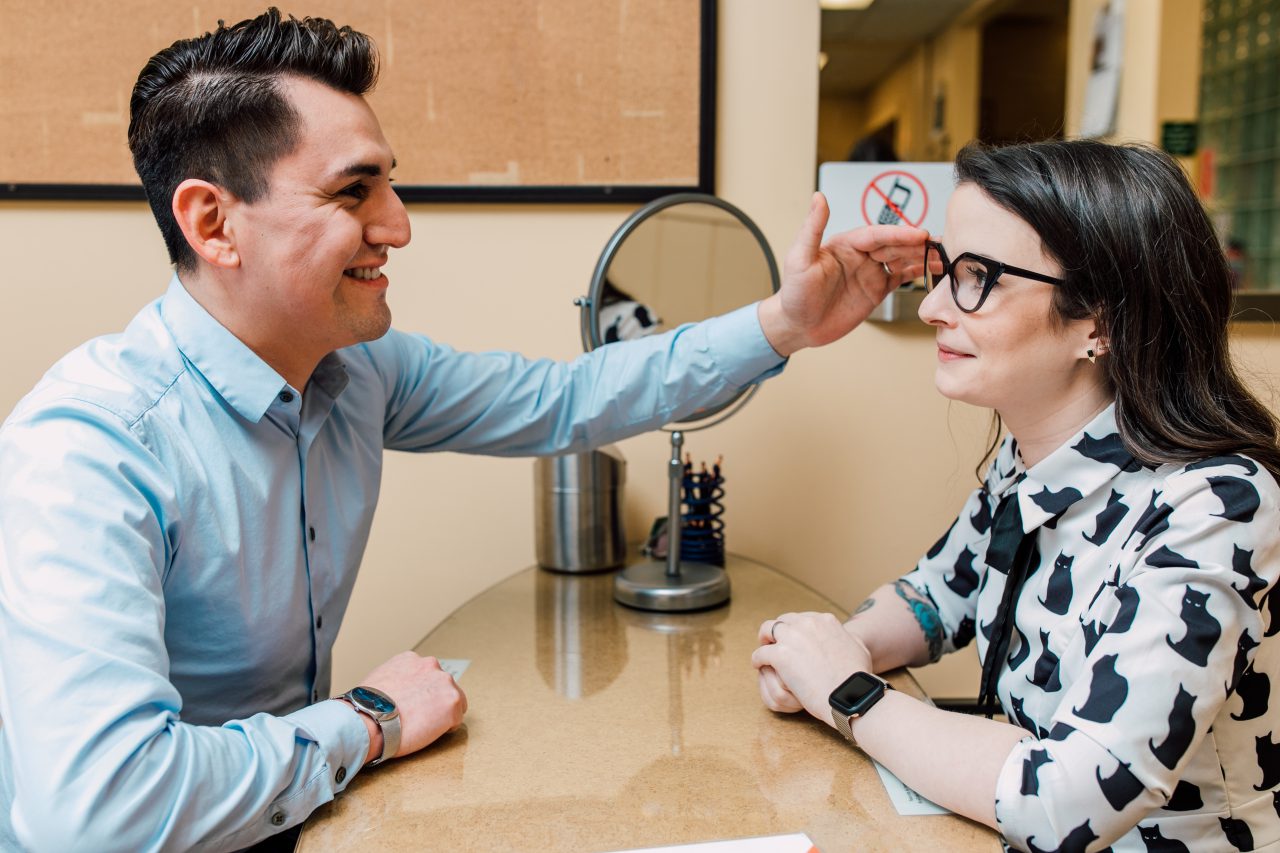
AI can’t pick your next pair of glasses
In conclusion, don’t allow the latest tech advancement turned marketing ploy take the place of personalized styling from a trained optician. We tried it so you don’t have to- and we hope to see you in person at Binyon soon to find your next perfect pair of glasses.
Did you enjoy this article? In the past we visited online glasses in this two part series:











